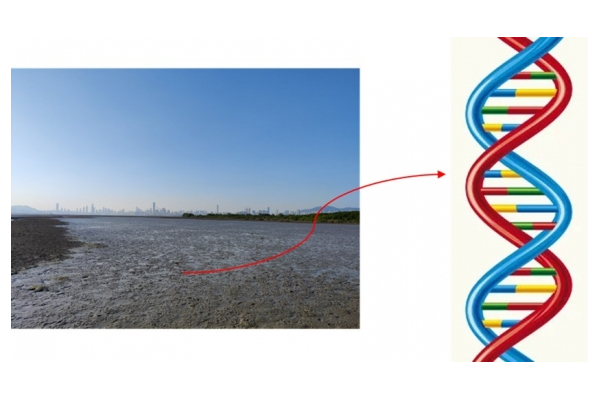EXPLORING THE POTENTIAL OF FORAMINIFERAL ENVIRONMENTAL DNA TO RECONSTRUCT SEA LEVEL
Foraminifera are one of the most widely used proxies in sea-level reconstruction. However, there are some limitations that hinder their application. A major limiting factor in their use is poor or selective test preservation, which is particularly a problem in low-latitude, tropical settings where elevated temperatures promote conditions conducive to test degradation or dissolution. In such cases, the DNA that foraminifera leave in the environment, so-called environmental DNA (eDNA), may be used as a supplementary sea-level reconstruction method. To investigate the utility of this novel application of eDNA, we measured foraminiferal abundances from modern surface sediment and core samples from Mai Po Natural Reserve using traditional identification methods under the microscope and through their eDNA. Our preliminary results suggested that eDNA has potential to discover and utilize non-fossilized foraminifera species in sea-level reconstruction, but some potential methodological challenges in the approach, including deficiency of foraminiferal DNA database and genetic variation of Ammonia species, were also identified. We make recommendations and outline steps to improve the use of foraminiferal eDNA in sea-level reconstruction.
Additional information: Mr. LIU Zhaojia, francisliu@connect.hku.hk










